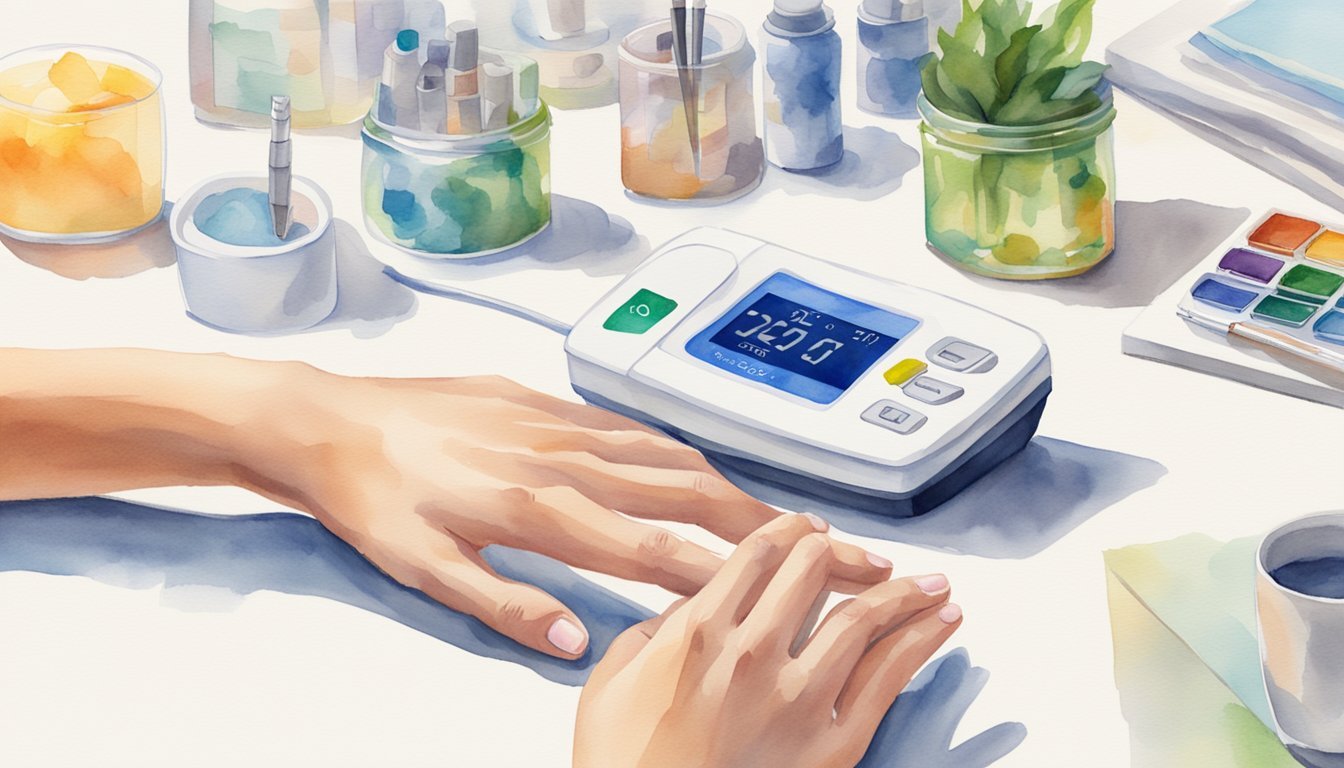Understanding Glucose Monitors
Glucose monitors are essential tools for individuals managing diabetes, allowing them to keep track of blood sugar levels throughout the day. With advancements in technology, these devices have become more accessible and easier to use.
Types of Glucose Monitors
There are mainly two types of glucose monitoring devices: Blood Glucose Meters (BGMs) and Continuous Glucose Monitors (CGMs). BGMs are conventional devices that require a finger prick to draw blood for testing, whereas CGMs provide real-time sugar level readings through a sensor placed under the skin, offering a more comprehensive overview of glucose levels over time.
Accuracy and Readings
An accurate reading is vital for managing diabetes effectively. Blood glucose monitors must meet FDA standards for accuracy, and continuous glucose monitors are also rated for their precision in reflecting glucose levels. Users should be educated on proper usage to ensure that readings are dependable, which is crucial for adjusting diet, activity, and insulin therapy to prevent symptoms of high or low blood sugar often associated with diabetes and prediabetes.
Choosing the Right Monitor

When selecting a glucose monitor, it is essential to consider specific features, insurance coverage, and the overall cost to ensure it meets your diabetes management needs.
Features and Ease of Use
Modern glucose meters come with a variety of features designed for convenience and accuracy. The Contour Next One, for instance, boasts a high degree of accuracy and can connect to a smartphone app to log blood sugar levels. Continuous Glucose Monitors (CGMs) like the Dexcom G6 eliminate finger pricks and show real-time glucose levels via a sensor and transmitter, providing deeper insights into blood glucose control. Another CGM, the Freestyle Libre 3, is known for its portability and fast results. Devices with large displays and simple interfaces might be more user-friendly, especially for individuals who prioritize ease of use.
Cost and Insurance Coverage
The cost of glucose monitors can vary widely, with some meters like the Walmart ReliOn Premier Classic Blood Glucose Monitoring System being more budget-friendly. Test strips, for example, are a recurring expense, and some insurance providers may limit the number or type of strips covered. Insurance plans differ in their coverage of diabetes supplies, so it’s advisable to check with your insurance regarding coverage for devices like the Accu-Chek Guide or FreeStyle Lite meters, CGMs, and related supplies such as lancets and lancing devices. Consider discussing with your healthcare provider or pharmacist to choose a monitor that aligns with your diabetes management plan and meets your insurance criteria.

